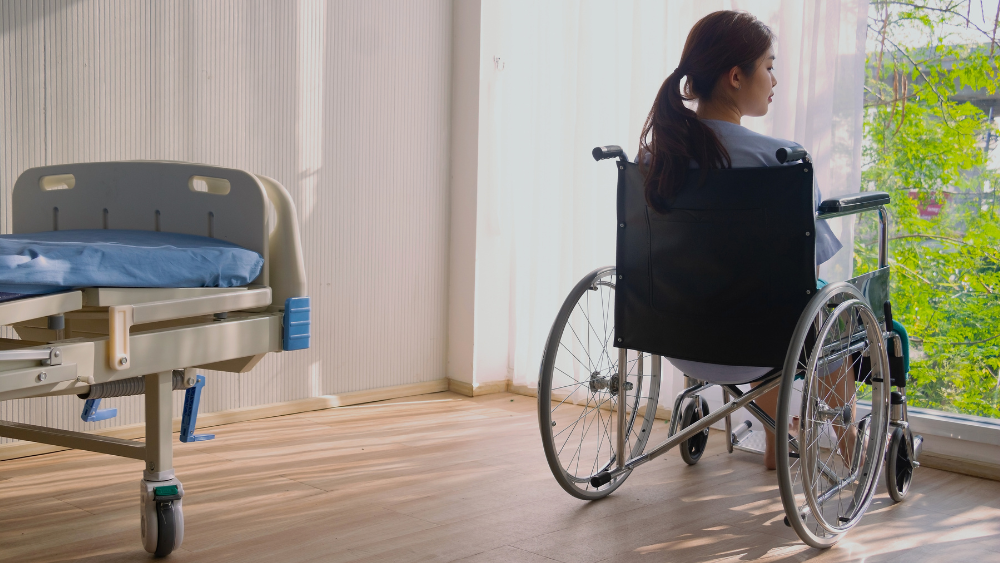
Detailed exploration of studies evaluating the use of highly effective treatments have unveiled the clinical concept of progression independent of disease activity (PIRA), or an accumulation of disability in the absence of relapse-associated worsening (RAW), in multiple sclerosis (MS).
It has become something of a hot topic in research and clinical practice in recent years, but many questions remain surrounding its frequency, pathological determinants, treatment, and implications.
During our second NeuroWebinar in May, Professor Alan Thompson, Dean of the Faculty of Brain Sciences at University College London and editor of the Multiple Sclerosis Journal, Dr Carmen Tur, Neurologist at the Multiple Sclerosis Centre of Catalonia (CEMCAT), and Professor Cristina Granziera, Senior Consultant Neurologist at the University Hospital of Basel, discussed the growing evidence base, the latest research on and around PIRA, and how they expect it to affect clinical practice.
An emerging area of interest
PIRA events, said Prof Thompson, can occur from the earliest stages of MS, are an important driver of cumulative disability in the long term, and are associated with underlying brain and spinal cord atrophy.
“As such, many suggest it is the result of accumulating damage from multiple, yet only partially understood, pathological mechanisms across the disease course,” he added. “It may also be associated with inflammatory activity on MRI, but the impact of age, disease duration, co-morbidities, and exposure to disease modifying treatments (DMTs), have all yet to be clearly established.”
Frequency, predictability, and prognosis
The evidence suggests PIRA is relatively frequent, said Dr Tur, who led a Spanish study that followed 1,000-plus people for more than 25 years after a first demyelinating event, or clinically isolated syndrome. Around 25% of the cohort experienced PIRA, with the first event occurring at a median time of approximately seven years post-CIS.[1]
Analysis of the data found older age at the time of CIS was the only strong predictor of PIRA. A higher number of brain lesions and the presence of spinal cord lesions conferred a higher risk of earlier PIRA, said Dr Tur.
Prof Granziera’s team investigated the question of whether PIRA was associated with accelerated brain tissue loss. They found that, in a cohort of more than 500 people with relapsing MS (RMS), those with PIRA exhibited accelerated brain atrophy, especially in the cerebral cortex.[2]
Dr Tur’s study also found that patients who experienced a PIRA event within the first five years post-CIS had a more than 20 times higher risk of reaching Expanded Disability Status Score (EDSS) six, when compared to those with a later PIRA.[1]
“Those patients with an early PIRA event also had steeper curves of EDSS increase over time… an early PIRA event was associated with a greater risk of unfavourable outcomes,” she said, adding that those with an earlier PIRA event were older and had a higher number of spinal cord lesions.
Prof Granziera agreed that a higher number of spinal cord lesions at disease onset was likely to be a predictive of worse outcomes. “I think this points us to the necessity of monitoring these patients in a different way,” she said. “As a community, we need to think about our recommendations for extensive spinal cord examination during the first year of the disease.”
Pathological determinants and possible treatment
Currently, there are no prospective studies that assess whether special pathological factors determine the appearance of PIRA. However, cohort studies are starting to at least shine a light on the associations.
A large, multi-centre cohort of 516 Swiss MS patients compared PIRA, relapsing, and stable patients. It found that the relapsing patients experienced more atrophy overall, and within the cortical structure and the grey matter. In PIRA patients, the atrophy was particularly pronounced in the cortex. “We also found increased cortical thinning, especially in the frontal and posterior parietal areas,” said Prof Granziera, adding that PIRA and relapsing patients developed more cervical spinal cord atrophy than stable patients.[2]
While slowly expanding lesions (SELs) are strongly associated with the presence of PIRA, Dr Tur said, there have so far been no studies to determine whether they have a role in the development of PIRA.
Currently, there is not enough evidence to support any PIRA treatment approach, though Dr Tur said this may change in the near future. Studies have looked at the efficacy of agents including ofatumumab, ocrelizumab, natalizumab, but no strong associations have yet been made.
“Ideally, we don’t want to treat PIRA, we want to prevent it. That should be our goal.”
Implications
All three speakers agreed that there was a need for the MS community to revisit current disease course descriptions, in light of this new evidence, and Prof Thompson said that work was already underway.
“Current classifications have been very useful up until now,” said Dr Tur, “but they do not reflect the complexities of the disease, or that progression may start from disease onset in some patients.”
Interested in learning more about this subject?
[1] Tur, C., Carbonell-Mirabent, P., Cobo-Calvo, Á., Otero-Romero, S., Arrambide, G., Midaglia, L., … & Montalban, X. (2023). Association of early progression independent of relapse activity with long-term disability after a first demyelinating event in multiple sclerosis. JAMA neurology, 80(2), 151-160.
[2] Cagol, A., Schaedelin, S., Barakovic, M., Benkert, P., Todea, R. A., Rahmanzadeh, R., … & Granziera, C. (2022). Association of brain atrophy with disease progression independent of relapse activity in patients with relapsing multiple sclerosis. JAMA neurology, 79(7), 682-692.